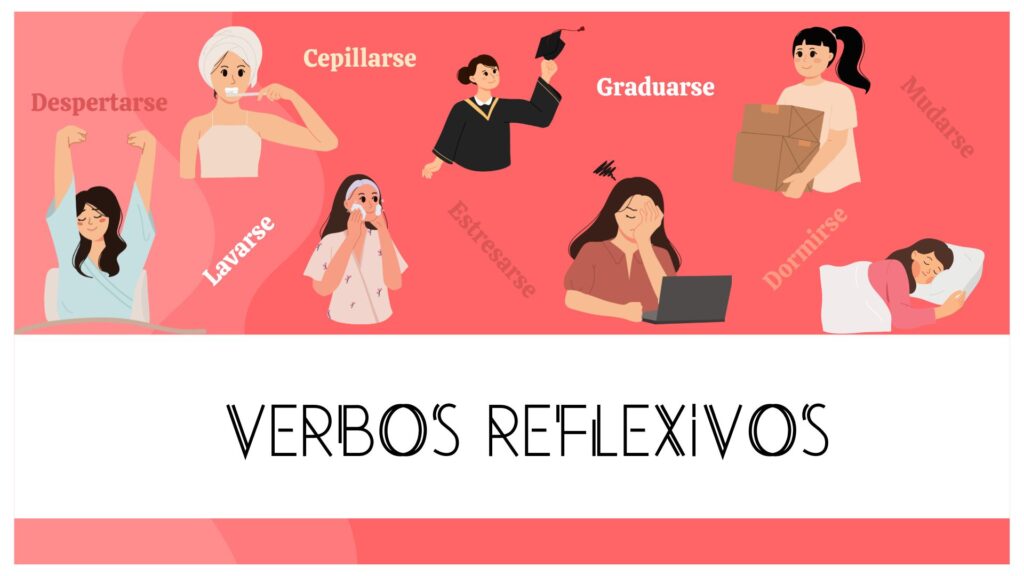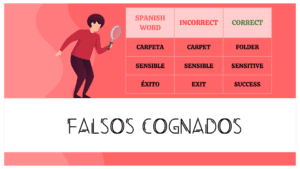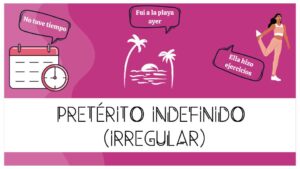When the action is performed and received by the same subject in the sentence we need to use reflexive verbs. The same verb can be both reflexive and non-reflexive. For example: Yo me lavo las manos (reflexivo) Yo lavo la ropa (no reflexivo).
Next we are going to practice the use of reflexive verbs with activities.
Reflexive pronouns:
To use reflexive verbs we will need special pronouns for each of the grammatical persons.
Conjugation of reflexive verbs:
The conjugation is the same as for common verbs. That is, the verb ending (-ar, -er, -ir) is replaced by the corresponding ending.
Reflexive verbs with periphrasis (two verbs together):
A verbal periphrasis is formed when we place two related verbs next to each other. When this happens we can place the reflexive pronoun before the first verb or attached to the second verb.
Reflexive verbs with prepositions
Prepositions such as: por, para, de, en, a, después de, antes de, are followed by an infinitive verb. When these verbs are reflexive we have to place the reflexive pronoun attached to the infinitive verb.


